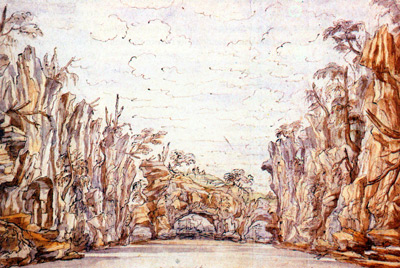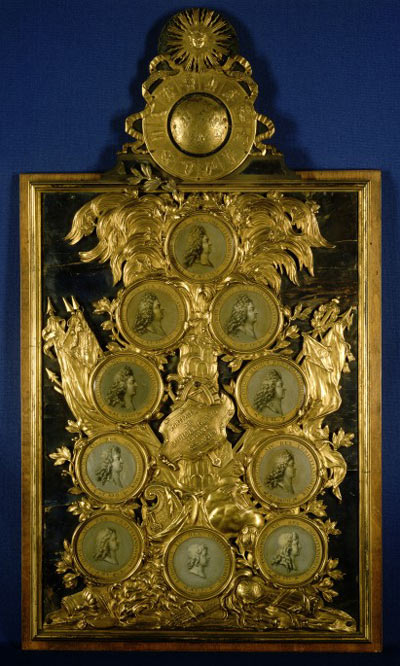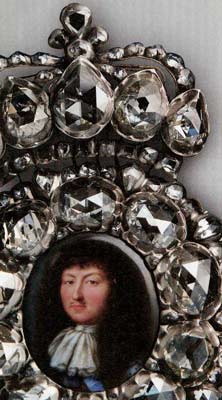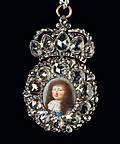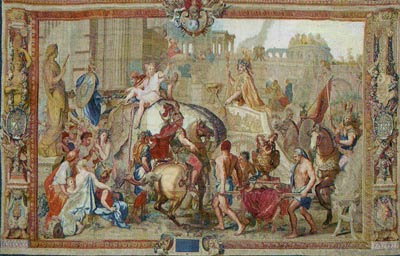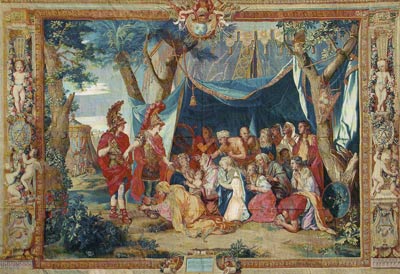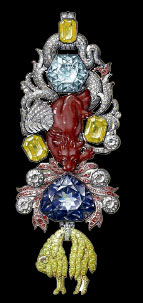Athanasius Kircher's Magic Lantern
(Ars Magna Lucis Et Umbrae)
A current exhibition at the Cinémathèque Française is dedicated to magic lanterns and painted films. It's a very enriching time travel to the origins of the motion picture.
There is funny anecdote about Christiaan Huygens. He invented his magic lantern as part of his experiments on optics but he was not interested in its entertaining potential. Unlike him, his father Constantin was enthusiastic about it and, in 1662, asked his son to send him a magic lantern to give a show to Louis XIV and his court. Christiaan felt horrified. He thought that having his name associated with that kind of show would ruin his reputation of respectable scientist, and he didn't want his father to condescend to the role of fair entertainer. As he couldn't refuse the lantern, he sent the instrument but asked his brother to take off a lens to make sure it wouldn't work. He was hoping that by the time his father could figure out how to fix the problem he would have changed his mind about the show. And that was what happened. Constantin Huygens never showed the magic lantern to Louis XIV.
A few years later, in 1666, Christiaan Huygens, invited by Colbert, became a member of the Académie Royale des Sciences.
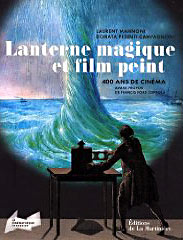
Lanterne magique et film peint - 400 ans de cinéma
Paris, Cinémathèque Française, October 14, 2009 - March 28, 2010
Torino, Venaria Reale, October 12 2010 - January 09, 2011
---
Off topic, but Proust is one of my favourite writers...
On the laternamagica site, there is a Lapierre series of slides titled 'Genevieve de Brabant'. I think that it is likely to be the series Proust described in In Search of Lost Time.
Labels: Entertainment, Exhibitions, Film, Louis XIV, Science

 17th & 18th-Century history, arts & music
17th & 18th-Century history, arts & music
